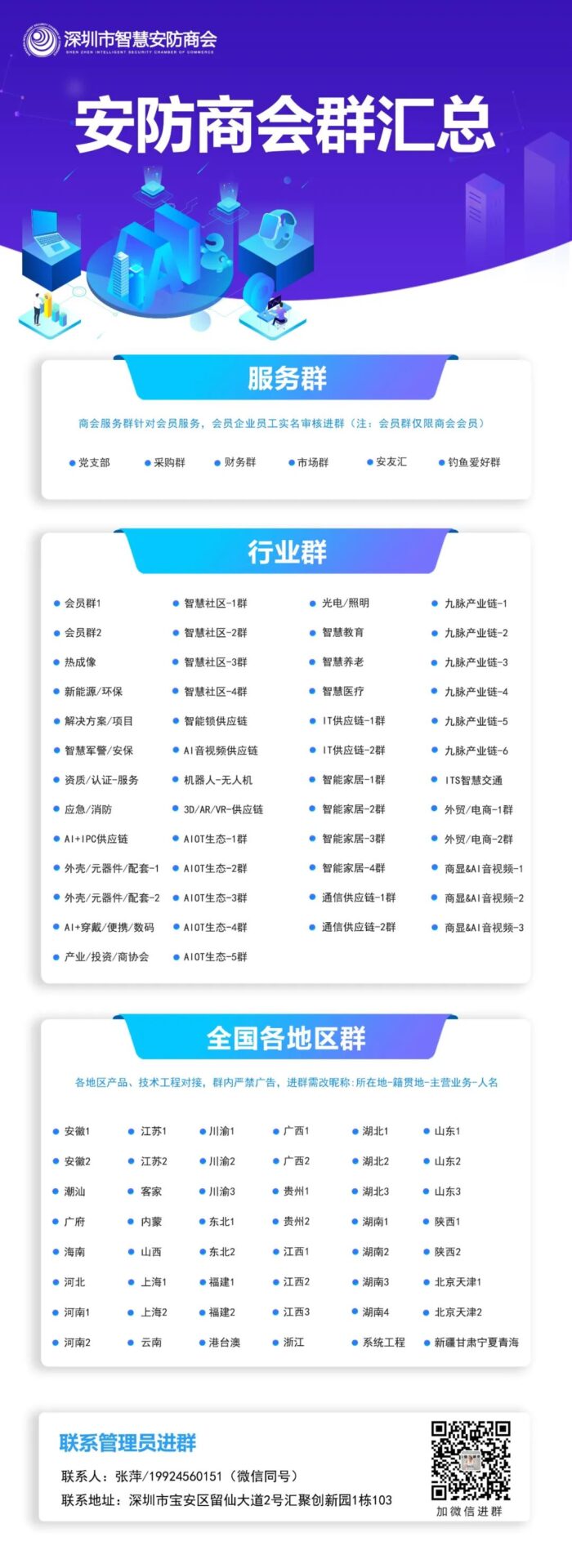
So, how should industries with countless long-tail scenario demands choose suitable edge devices as important carriers for edge computing AI applications?


Important Considerations for Choosing Edge Computing Boxes


First and foremost—Product Core Performance
01
Based on scenario requirements, edge computing boxes are mainly applied in various fields of video surveillance scenarios. By processing and analyzing video streams in real-time, they provide more accurate decision support and efficient business operations. Therefore, computing power, algorithm types, I/O expandability, and operating temperature are key performance indicators that must be considered when selecting edge computing boxes.



Computing Power

Algorithms

I/O Expandability

Operating Temperature


Secondly, an important consideration—Product Usability
02
Besides the core indicators of the product, the product’s design, power consumption, and heat dissipation balance are also very important.



Power Consumption and Heat Dissipation

Design


Finally, project implementation assurance—Strength of Product Service Providers
03
Project demand docking, implementation technical support, as well as product supply stability and after-sales service response speed are important guarantees for the rapid and low-cost implementation of projects. Therefore, it is especially important to choose service providers in the edge computing field with rich product research and development experience and practical project implementation experience.



Technical Support

Supply Stability

After-Sales Guarantee




Yingma Technology—Focusing on Domestic Edge Computing Boxes


Yingma Technology has been deeply engaged in the edge computing field for many years, providing multi-platform, multi-level computing power and easily deployable edge computing boxes for all scenarios, with advantages in more products, platform resources, and technology within the industry.
Multi-Platform, Stable Supply: Yingma Technology cooperates with several mainstream chip platforms in China to launch a full range of domestic edge computing boxes, such as Huawei HiSilicon, Ascend, Sanneng, and Cambricon, providing a variety of options and stable supply.
Multi-Level Computing Power: Yingma Technology’s edge computing boxes cover low, medium, and high-level computing power ranging from 2T to 38T, meeting the needs for different levels of computing power in fragmented scenarios.
The following is Yingma Technology’s key launched edge computing box matrix:
01
Model: IVP09A Intelligent Workstation
Chip: HiSilicon Hi3519DV500
Computing Power: 2.5TOPS@INT8
Video Codec: Supports 4 channels of 1080p@30fps video encoding and decoding, 4K HDMI output
I/O Interfaces: Ethernet, HDMI out, WiFi, TF, etc.
Operating Temperature: Supports stable operation in outdoor environments from -40°C to 70°C
Advantages: Suitable for lightweight scenarios, cost-effective, fully domestically produced

Model: IVP07A Intelligent Workstation
Processor: 8-core ARM Cortex-A55
Computing Power: 4.8TOPS@INT8
Video Codec: Supports 24 channels of 1080p@30fps video decoding, 4K@30fps video encoding
I/O Interfaces: Gigabit Ethernet, USB3.0, SIM card, SD card, etc.
Operating Temperature: Supports stable operation in outdoor environments from -40°C to 70°C
Advantages: Suitable for lightweight scenarios, a single product can connect to more devices

02
Medium-Level Computing Power Edge Computing Box
Model: IVP02E Intelligent Workstation
Processor: 4-core ARM Cortex-A55
Computing Power: Dual computing cores, reaching 10.4TOPS@INT8
Video Codec: Supports 10 channels of 1080p@30fps video decoding, 4 channels of 1080p@60fps video encoding
I/O Interfaces: 4G/5G wireless communication module and mSATA SSD expansion
Operating Temperature: Supports stable operation in outdoor environments from -40°C to 70°C
Advantages: Da Vinci architecture, an upgraded solution for the Hi3559A platform
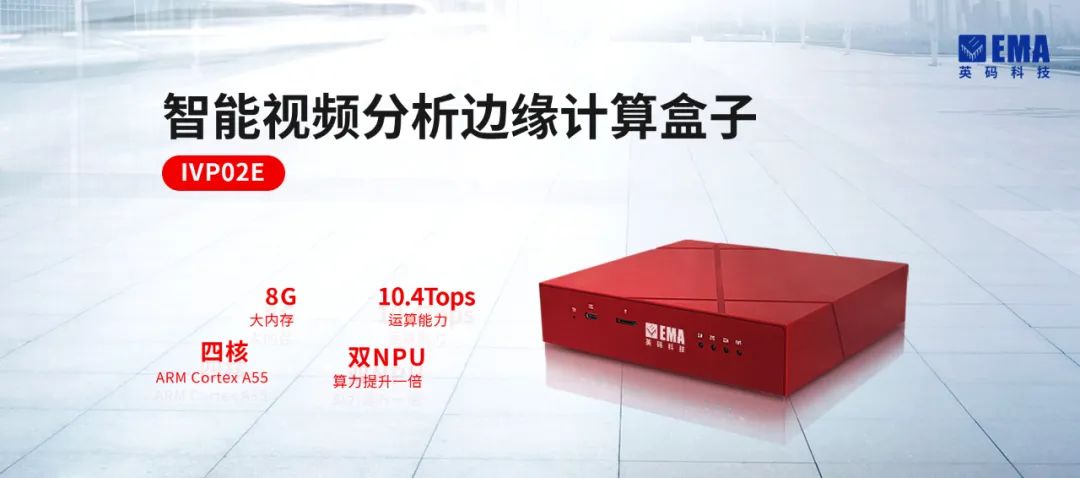
Model: IVP02D Intelligent Workstation
Chip: Cambricon MLU220
Computing Power: 16TOPS@INT8
Video Codec: Supports 16 channels of 1080p@30fps video decoding, 8 channels of 1080p@30fps video encoding
I/O Interfaces: 4G/5G, mSATA SSD, GPIO, and other interface expansions
Operating Temperature: Supports stable operation in outdoor environments from -40°C to 70°C
Advantages: Powerful performance, awarded “Top Ten Innovative Products in China’s Security Industry”
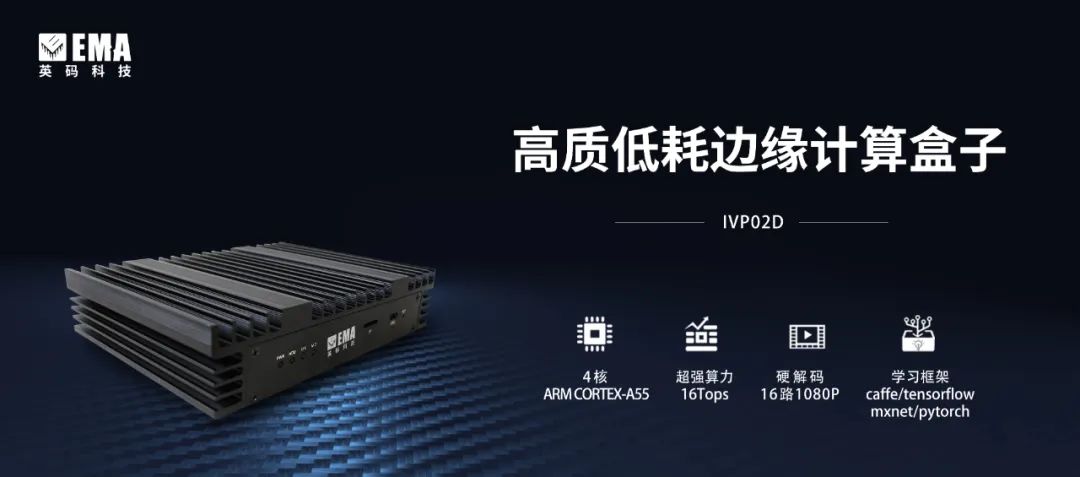
Model: IVP03A Intelligent Workstation
Chip: Sanneng Third Generation TPU BM1684
Computing Power: 17.6TOPS@INT8
Video Codec: Single chip supports up to 32 channels of 1080p@30fps video decoding, 2 channels of 1080p@30fps video encoding
I/O Interfaces: 4G/5G wireless communication module and mSATA SSD expansion
Operating Temperature: Supports stable operation in outdoor environments from -40°C to 70°C
Advantages: Strong single-chip encoding and decoding capabilities, strong expandability

03
High-Level Computing Power Edge Computing Box
Model: IVP03X Intelligent Workstation
Chip: Sanneng Fourth Generation TPU BM1684X
Computing Power: 32TOPS@INT8, 16TFLOPS@FP16, 2TFLOPS@FP32
Video Codec: Single chip supports up to 32 channels of 1080p@30fps video decoding, 12 channels of 1080p@30fps video encoding
I/O Interfaces: M.2 (4G/5G/WiFi/mSATA(SSD)/SIM expansions
Operating Temperature: Supports stable operation in outdoor environments from -40°C to 70°C
Advantages: Super strong computing power, supports floating-point operations, compatible with Kirin systems
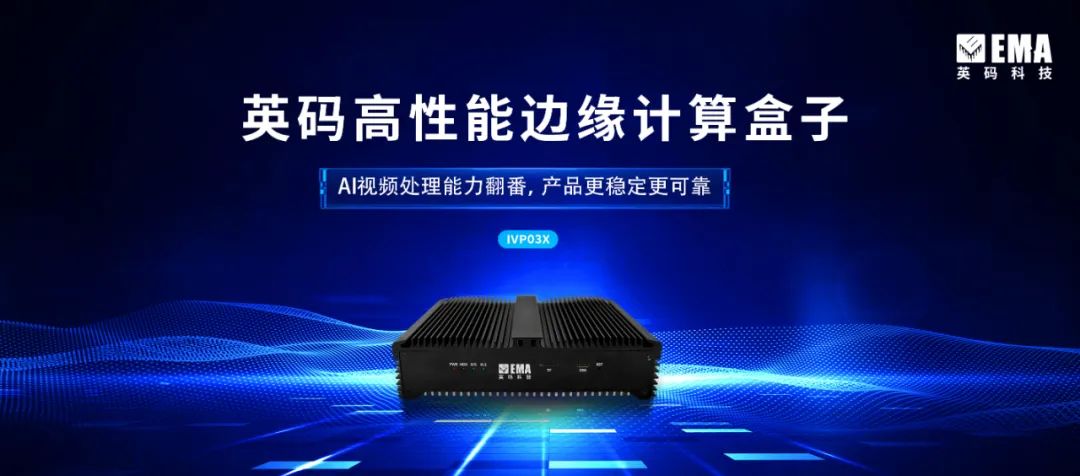
Model: DEP04A Intelligent Workstation
Chip: Rockchip RK3588 + Cambricon MLU220
Computing Power: Combined computing power can reach up to 38TOPS@INT8
Video Codec: Supports 32 channels of 1080p@30fps video decoding, 16 channels of 1080p@30fps video encoding
I/O Interfaces: 4G/5G wireless communication module and mSATA SSD expansion
Operating Temperature: Supports stable operation in outdoor environments from -20°C to 60°C
Advantages: Dual CPU, stronger control performance and computing capability
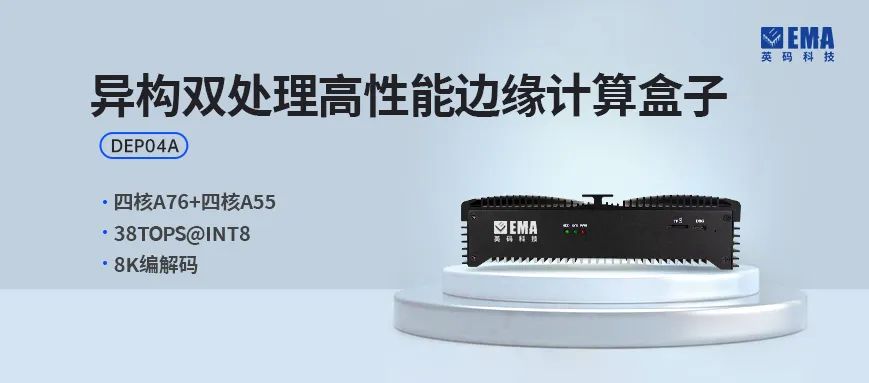
In addition to the above core indicators, Yingma Technology provides a self-developed zero-code migration toolchain, achieving one-click migration of algorithms from GPU to XPU without touching the customer’s model files, with algorithm adaptation completed in as little as one day. In terms of after-sales service, Yingma Technology adheres to the principle of “24-hour online, 48-hour on-site”, addressing customer concerns promptly. Yingma Technology can also customize adaptable edge computing boxes and supporting software services according to the actual application needs of different business types, empowering enterprises to quickly acquire AI capabilities.
(Source: Yingma Technology)
About Yingma Technology
Guangzhou Yingma Information Technology Co., Ltd. was established in 2006 and is an artificial intelligence enterprise dedicated to providing AIoT products and subdivided scenario solutions that collaborate across “cloud-edge-end”.
The “Deep Yuan” AI product system under Yingma has created a full-stack AI application service architecture based on multi-level computing power hardware, driven by self-training algorithms and ecological integration, supported by AI empowerment platforms and assisted by toolchains. This architecture connects the entire chain from scenario needs to algorithm, hardware integration, business platform docking, and project delivery, providing customers with products and services that are customizable in both algorithms and computing power, promoting the widespread application of AI and edge computing in subdivided scenarios.
Yingma’s AIoT products and customized services are aimed at various industries and subdivided scenarios such as smart cities, smart transportation, smart finance, smart campuses, smart emergency response, and smart parks, providing comprehensive hardware and software support and product customization capabilities.

 Click below toread the original text for more product details!!
Click below toread the original text for more product details!!END


